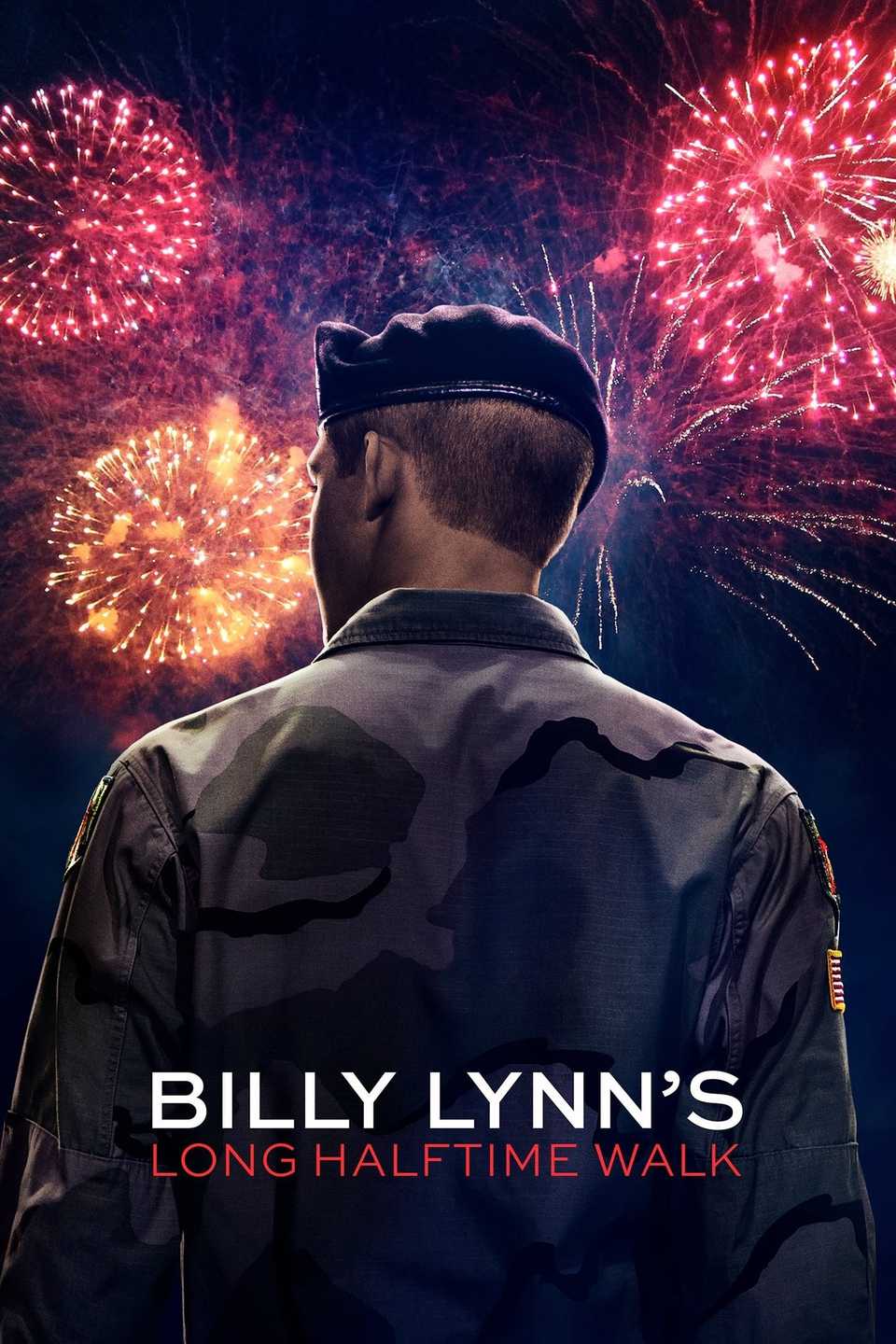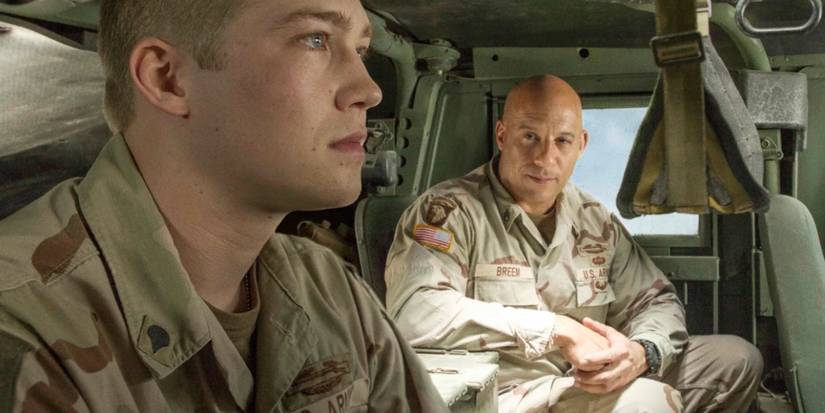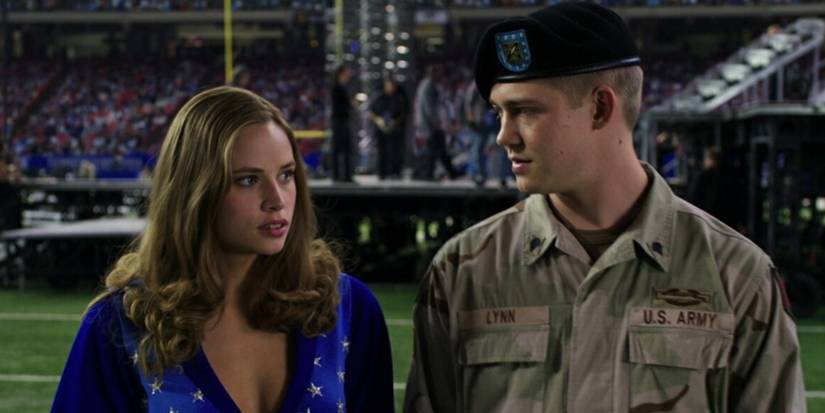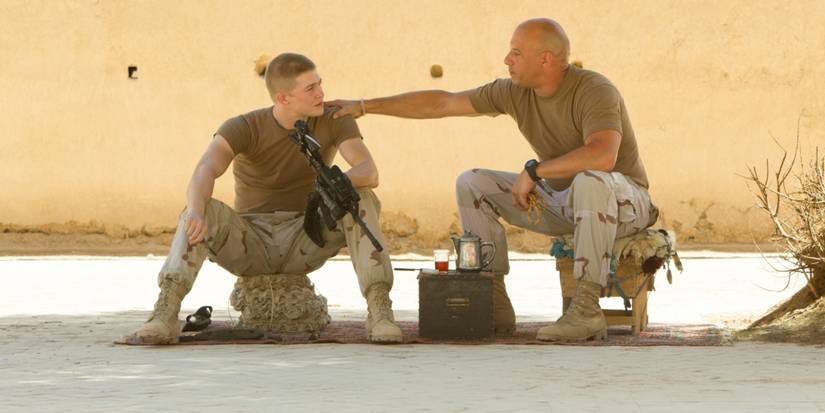When we think of Vin Diesel and war movies, Saving Private Ryan is the first thing that comes to mind. “You gotta pay attention to detail!” Who can ever forget all the yelling by his character, Private Caparzo? Or the scene where he watches in disbelief as a bullet hits a fellow soldier’s helmet? The Oscar-winning Steven Spielberg movie put the actor on the map, opening bigger Hollywood doors for him. The Fast & Furious star was cast after Spielberg saw his self-starring directorial efforts, Strays and Multi-Facial. At the time, he was working as a telemarketer, having struggled to secure more acting jobs.
However, this isn’t the only war movie Vin Diesel has been a part of. Between Furious 7 and The Fate of the Furious, he starred in Billy Lynn’s Long Halftime Walk, based on the novel of the same name by Ben Fountain. Unfortunately, the film wasn’t a box office hit like Saving Private Ryan. In fact, it made less than its $40 million budget. And that’s partly because it was only screened in five major theaters globally. What prompted such a development? Well, it’s all down to the technical aspects.
‘Billy Lynn’s Long Halftime Walk’ Addresses the Ugly PTSD Monster
PTSD continues to be a major monster haunting veterans. Thankfully, Hollywood has always made great efforts to address it. In Billy Lynn’s Long Halftime Walk, Billy (Joe Alwyn), a 19-year-old soldier, is recorded dragging the wounded Sergeant Virgil “Shroom” Breem (Vin Diesel) to safety following an intense firefight during the War in Iraq. The act of courage not only earns Billy a Silver Star but quickly ushers him and his unit to celebrity status. Dubbed the “Bravo Squad,” they return to America for Shroom’s funeral, and are sent on a nationwide publicity tour culminating at the halftime show of the Dallas Cowboys Thanksgiving home game.
On the big day, the members of Bravo Squad are chauffeured in a limousine to the game by a Cowboys’ PR representative and a film producer who intends to secure a movie deal for them. During a press conference, Billy spots a Cowboys cheerleader staring at him and starts flirting with her. He later opens up about how strange it is to be honored for the worst day of his life. We also learn that Billy intends to use a psychiatrist to get himself honorably discharged, a plot line that accentuates the film’s anti-war tone.
Just when Billy Lynn’s Long Halftime Walk appears to have settled into a comfortable, familiar, albeit dull, groove, it goes off in a totally interesting direction, and thereafter tries to look on the darker side of a post-war existence. The music and endless banging during the halftime show, featuring Destiny’s Child, triggers the trauma in a squad member, who reacts by attacking the stage manager and a security guard. Billy then experiences a flashback to the headline-making incident.
The squad is summoned to a school where soldiers have been pinned down by insurgents. Shroom is shot after stepping away from cover and Billy rushes to save him, firing at enemy forces with his sidearm. His flashback ends when fellow squad members inform him that the halftime show has been over for a few minutes. All this time, Billy had frozen. Later, Billy tries to bond with his new love interest, who urges him to go back on duty when he suggests running away from her. Clearly, she was attracted to the fact that he is a soldier, and his desire to quit doesn’t sit well with her. The squad also gets shortchanged by a studio head. What’s next for Billy and his team?
The Technical Advancements in Billy Lynn’s Long Halftime Walk Made a Nationwide Screening Impossible
According to Deadline, director Ang Lee used an unprecedented filming and projection frame rate of about 120 frames per second (fps) in 3D at 4K UHD resolution. It was the first motion picture ever to be shot in such a high frame rate, beating Peter Jackson’s The Hobbit: An Unexpected Journey, which was shot at 48 fps. Lee opted for this approach after reading the book upon which the story is based, as he wanted the experience to be as immersive and as realistic as possible.
Lee had read about Peter Jackson’s ambitious 48 fps, but decided not to use such a rate because Jackson’s The Hobbit: An Unexpected Journey had mostly been panned by critics. He thus decided on 120 fps, though the plan was not finalized until a few weeks before production commenced.
Unfortunately, because of the complexity of the film’s unusually high frame rate and the high cost of installing the necessary equipment needed to project the pictures in their intended format, only five theaters globally were able to screen it at its highest resolution and maximum frame rate: two in America, and three in China.
It was also revealed that because of the high frame rate, it was not possible to do many takes. Every shot was difficult and valuable. Both he and the actors thus had to rehearse every scene thoroughly. Shooting such close-up shots in high resolution also meant that the actors could not wear make-up as this could have appeared bizarre. On top of that, Lee and his team had to be alert to everything else, including lighting, as the higher frame rates required extra lights. And the action sequences could only be shot from the protagonist’s POV.
None of It Was Worth It in the End
Anyone who dares to be ambitious deserves plenty of praise, but Ang Lee’s technical choices amounted to nothing. Only film school students are likely to be impressed with what he did. The rest simply want to be entertained. That very few people watched the movie in theaters means all the work wasn’t as impactful as intended. And, on streaming, Billy Lynn’s Long Halftime Walk doesn’t look any different from many other modern war movies.
Various changes still had to be made later on, to accommodate a few other theaters. So, what was the point? Per The Hollywood Reporter, various additional versions of the film were created so that a re-release could happen. They include 120 fps in 2D and 60 fps in 3D, as well as the modern standard of 24 fps. The war drama was eventually granted a Dolby Cinema release, too, with two different high dynamic range versions that could accommodate 2D and 3D.
From the sublime to the downright bizarre? Years after regaling us with one of the greatest movies ever made, the feisty romance romp that was Brokeback Mountain, Ang Lee appears to have taken an ungainly nosedive into patchiness as he essayed his foray into war drama. By focusing too much on style, Lee unknowingly sacrificed substance. On Rotten Tomatoes, the film has an unimpressive 44% score on Rotten Tomatoes, with critics noting that the visual innovations are distracting rather than mindblowing. They also note that the story is good, but the screenplay isn’t strong enough to sustain it.
It may not have been intended as such, but at some point, the movie ends up as a gloriously over-the-top Entourage-style story, with most of the actors reveling in the parts of romance-obsessed, glory-chasing dreamers. In a way, it exemplifies everything that is wrong with Hollywood, at the moment, the assumption that you need to do something different in order to stand out, and that audiences are keen on all the fancy stuff. It staggers belief that a director as celebrated as Lee should be complicit in such kind of atrocity. Just make a simple film with a great story, and people will watch it.
The astute will also notice some similarities with Stop Loss, a similar kind of vet-in-the-nest drama which shares the central plot of soldiers returning home only to find that nothing is as they expected. Admittedly, that particular film benefits from more likable characters and far more enjoyable subplots. We end up sympathizing with Billy not because he goes through a lot, but because every other character in it is so basic and uninteresting.
Beyond that, Ang Lee did himself a huge disservice by underutilizing Vin Diesel. At the time, the actor was on top of the world, having starred in some of the best installments of the Fast & Furious franchise. Even though his character is dead for much of the story, Lee needed to include more flashback scenes of him for it to all make sense. Alternatively, the film’s first two arcs could have played out in Iraq before the move to the stadium. Lee has only made one other film since then (Gemini Man), which didn’t fare well either. Hopefully, he will come back stronger in the future.

- Release Date
-
November 10, 2016
- Runtime
-
110
- Writers
-
Ben Fountain, Jean-Christophe Castelli



